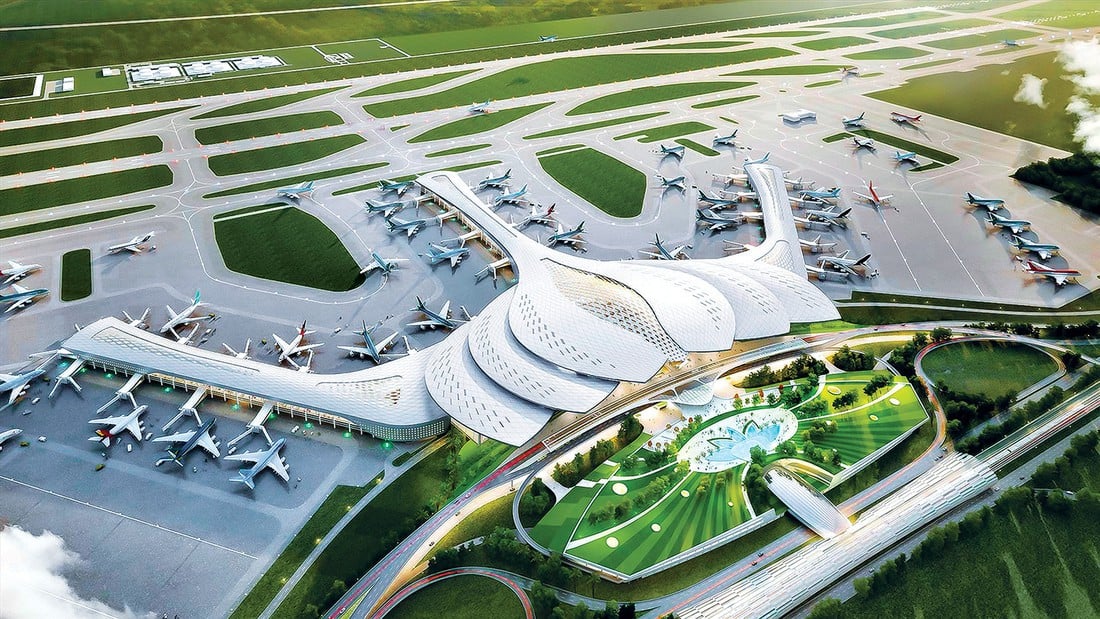
Perspective of Long Thanh airport terminal - Photo: ACV
Experts emphasized this at the workshop "Promoting Long Thanh - Ho Chi Minh City connection" organized by Tuoi Tre newspaper on June 27.
Long Thanh Airport needs synchronous infrastructure to operate effectively.
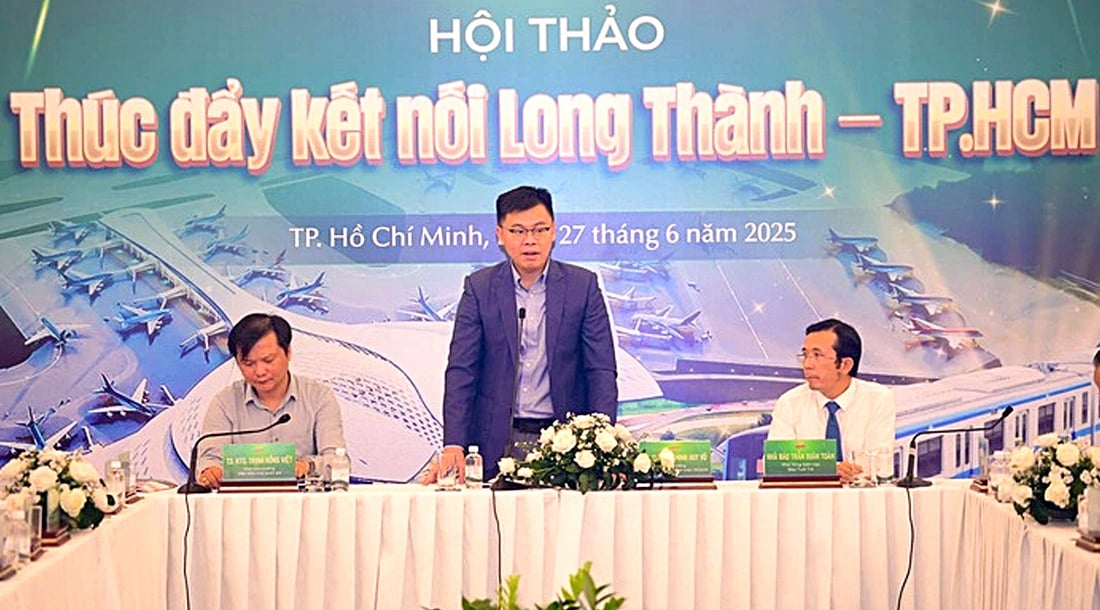
Experts give their opinions at the workshop on June 17 organized by Tuoi Tre newspaper in Ho Chi Minh City - Photo: QUANG DINH
Mr. Nguyen Cao Cuong, Deputy General Director of Vietnam Airports Corporation (ACV), frankly shared: "Completing the terminal is not enough."
Long Thanh Airport Phase 1 has 4 components, of which the core of the project component 3 is the terminal. Currently, the airport has more than 3,000 engineers and workers working 24/7, along with 3,000 machines and equipment operating continuously.
The target set for December 19, 2025 is to complete the terminal calibration, a key milestone closely monitored by both the Government and the political system. "However, without a complete flight system and connecting transport infrastructure, the completed terminal will not be of any value," said Mr. Cuong.
ACV representative said that the construction progress of Long Thanh airport is facing many challenges due to heavy rains causing muddy ground and hindering construction. In addition, the unstable international situation has caused high costs of transporting equipment and delays.
Another big problem is the organization of flight operations and connecting flight networks. He cited: if passengers arrive in Long Thanh but need to transfer at Tan Son Nhat and it takes up to 5 hours to travel, they will not choose to book tickets.
Without enough passengers, airlines will not be able to operate flights to Long Thanh, causing a negative effect on the new airport.
Experts advise on integrated airport urban design
At the workshop, journalist Tran Xuan Toan, deputy editor-in-chief of Tuoi Tre newspaper, cited examples of successful airport development models in the world such as Narita (Japan) or airports in Shanghai and Beijing becoming regional development centers.
"For Long Thanh, the question is how to take advantage of the connection with Ho Chi Minh City - the largest financial and commercial center in the country, the seaport system, and logistics to spread development.
We not only need hard connections in transport infrastructure but also in logistics, finance, and industry to maximize investment efficiency and create momentum for the key economic region in the South," Mr. Toan shared.
Associate Professor Dr. Tran Quang Phu, Vice Principal of Ho Chi Minh City University of Transport, said that Long Thanh needs to be planned according to the "integrated airport urban area" (Aerotropolis) model, synchronously combining the airport, urban areas, industry, logistics, trade and services, connected by highways, metro, railways and express buses.
Please rate our products, experiences and services here.
He cited the example of Incheon Airport (South Korea) with a multi-layered connection system: 36km private highway, Seoul metro, Airport Express train, intelligently coordinated BRT bus and T-money card payment. Schiphol (Netherlands) is not only an air gateway but also a logistics and international trade center with an international railway station, metro-tram network, public bicycles and seamless connection with Rotterdam seaport.
"These models help attract FDI, create hundreds of thousands of jobs and increase regional GDP growth. Long Thanh must also aim for that if it wants to compete with Changi or Suvarnabhumi," Mr. Phu emphasized.
According to him, developing synchronous infrastructure, from highways, beltways to metro and railways, is a mandatory condition to connect Long Thanh with Ho Chi Minh City, Bien Hoa, Binh Duong, Ba Ria - Vung Tau, at the same time forming satellite cities, reducing pressure on Ho Chi Minh City and promoting service, logistics and industrial sectors.
Regional connectivity is key

Ho Chi Minh City - Long Thanh - Dau Giay Expressway (Long Thanh bridge section). This expressway section will connect to Long Thanh airport and many other traffic axes - Photo: CHAU TUAN
Dr. Pham Van Dai, Fulbright School of Public Policy and Management, warned that Long Thanh has the advantage of "following nature" but should not be subjective. He cited data from the General Statistics Office predicting that the urban population of the Southeast region will increase from 18.3 million (2025) to 23.6 million (2045), the urbanization rate from 67% to about 80%, adding 6-7 million people in the next 20 years.
"This is great potential if we take advantage of the urbanization process and develop connecting infrastructure," he said.
According to Mr. Dai, Long Thanh is close to satellite industrial cities such as Thuan An, Di An, Bien Hoa and coastal cities such as Vung Tau, Ba Ria, Phu My, which is favorable for forming a modern urban, industrial and logistics belt.
He cited the lesson of Pudong (Shanghai) which was successful thanks to the synchronous planning between the international airport, seaport and modern infrastructure along the seaward axis.
Long Thanh can become the "new eastern city" of Ho Chi Minh City if planned and connected in the right direction. He proposed two models of independent airport urban areas with synchronous social and technical infrastructure; or a corridor urban strip connecting Ho Chi Minh City - Long Thanh, based on highways, railways, and public transport.
Developing Long Thanh sustainably and with direction
Associate Professor Dr. Vo Tri Hao, University of Economics and Law, Ho Chi Minh City National University, emphasized that the lessons from large airports such as Atlanta, Beijing or Shanghai are not only in the scale of the terminal, but also in the ability to effectively connect with satellite cities by metro, bus and taxi. Long Thanh needs to have a convenient transit network, synchronized with Tan Son Nhat instead of letting the two airports "compete meaninglessly".
According to Mr. Hao, State capital is necessary but the role of the private sector is indispensable to ensure efficiency and governance. "The private sector will demand transparency to avoid wasting risks," he said.
Associate Professor Dr. Tran Dinh Thien, former director of the Vietnam Economic Institute, affirmed that Long Thanh must not fail and must become an international transit point like Changi (Singapore). He emphasized that the main force of development must be the private sector, closely coordinating with the State. Do not risk completing the airport without knowing what to do with it.
Mr. Thien said that current projects have been accelerated more than before, Long Thanh must be in the spirit of "fast but sure and feasible". If developed in the right direction, Long Thanh will create a spreading momentum for the entire Southern economic region.

Ho Chi Minh City - Long Thanh - Dau Giay Expressway - Photo: CHAU TUAN
Dong Nai wants Long Thanh to become a twin city with Ho Chi Minh City.
Dong Nai aims to develop Long Thanh not only as a modern airport but also as a new generation ecological, smart and global airport city, forming the twin urban pair Long Thanh - Ho Chi Minh City.
Mr. Huynh Tan Loc, Deputy Director of the Provincial Department of Construction, said that the province is focusing on two pillars: developing modern transport infrastructure and digital transformation. A series of key projects are being implemented such as the Bien Hoa - Vung Tau, Dau Giay - Phan Thiet, Ben Luc - Long Thanh expressways, and beltways 3 and 4 directly connecting Long Thanh with Ho Chi Minh City.
In addition to roads, the province is investing in developing a strategic logistics system, including inland container depots (ICDs) and smart logistics centers serving the airport. At the same time, it is orienting the construction of a free trade urban area of more than 8,000 hectares as the core area for the "Long Thanh airport city".
Mr. Loc also noted the issue of people's access to infrastructure: "Car users have the highway, but motorbike users still face difficulties. This is a group of residents we are particularly concerned about." The Cat Lai bridge project is currently being promoted to complete the connection with Ho Chi Minh City.

Ms. Nguyen Thi Van Khanh (Vietnam Commercial Director, Gamuda Land)
* Ms. Nguyen Thi Van Khanh (Vietnam Commercial Director, Gamuda Land): shared that the company owns a strategic land fund in Dong Nai, an area that is becoming the focus of infrastructure investment in the Southern key economic region.
Three years ago, Gamuda acquired land in Nhon Trach and the project is now open for sale, receiving great attention. The increasingly complete infrastructure will lead to an explosion in housing demand, especially from the workforce. "One or two projects are not enough. We are committed to long-term, sustainable development in Vietnam, especially Dong Nai, which has great growth potential," she said.
Source: https://tuoitre.vn/long-thanh-huong-den-do-thi-san-bay-toan-cau-2025062800031793.htm



![[Photo] National Assembly Chairman Tran Thanh Man attends the VinFuture 2025 Award Ceremony](/_next/image?url=https%3A%2F%2Fvphoto.vietnam.vn%2Fthumb%2F1200x675%2Fvietnam%2Fresource%2FIMAGE%2F2025%2F12%2F05%2F1764951162416_2628509768338816493-6995-jpg.webp&w=3840&q=75)



![[Photo] 60th Anniversary of the Founding of the Vietnam Association of Photographic Artists](/_next/image?url=https%3A%2F%2Fvphoto.vietnam.vn%2Fthumb%2F1200x675%2Fvietnam%2Fresource%2FIMAGE%2F2025%2F12%2F05%2F1764935864512_a1-bnd-0841-9740-jpg.webp&w=3840&q=75)
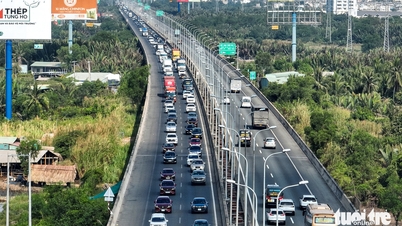
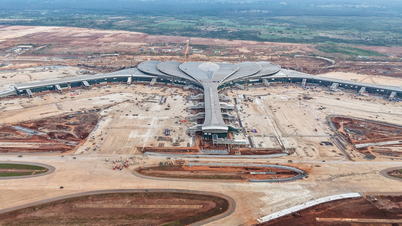


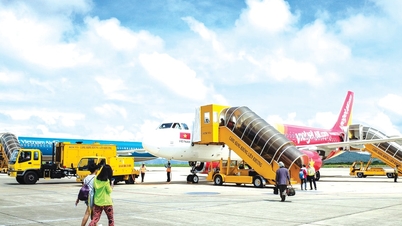

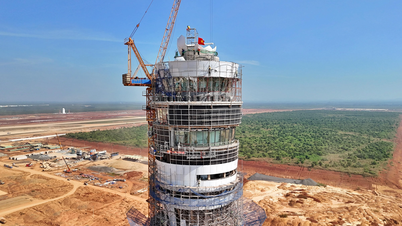





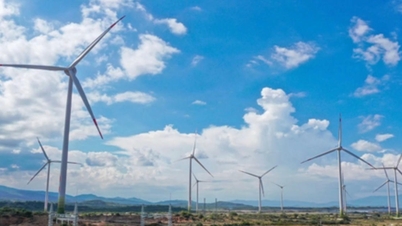

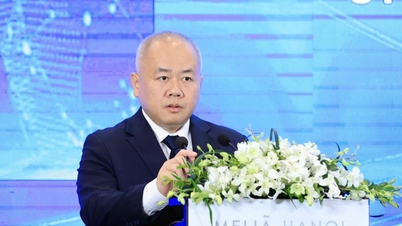


















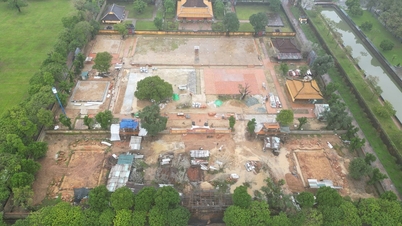















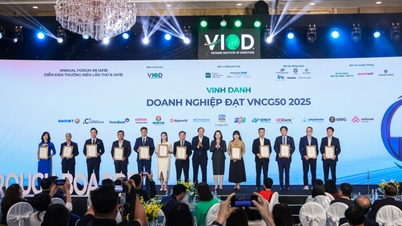

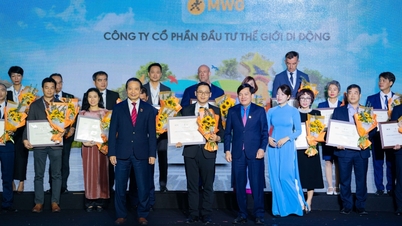
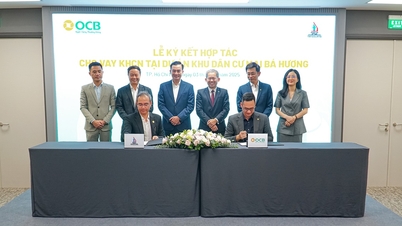
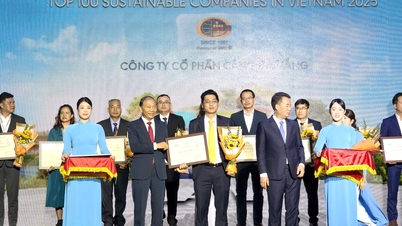








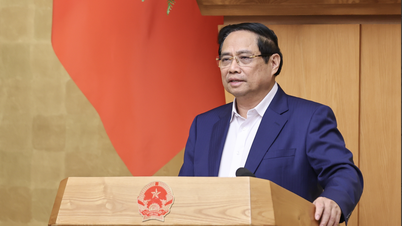


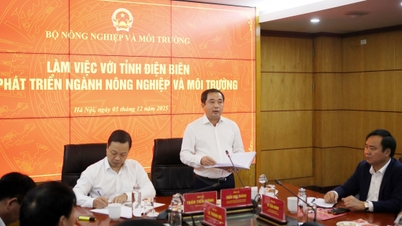

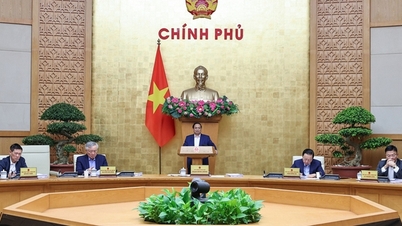





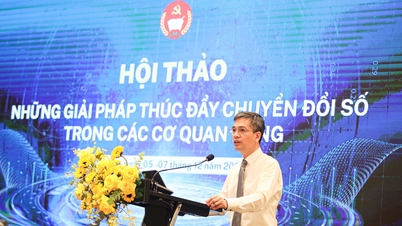

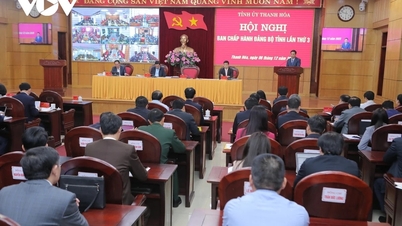
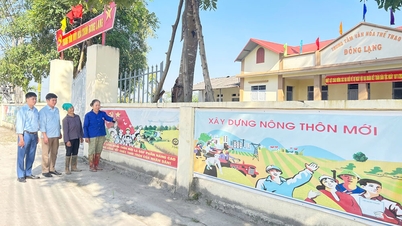


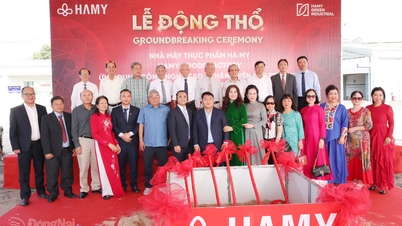


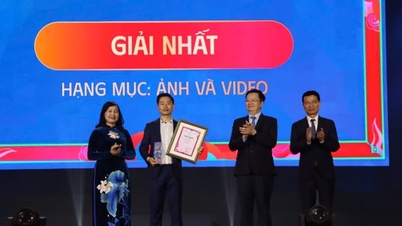

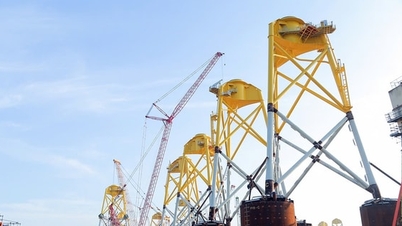
















Comment (0)